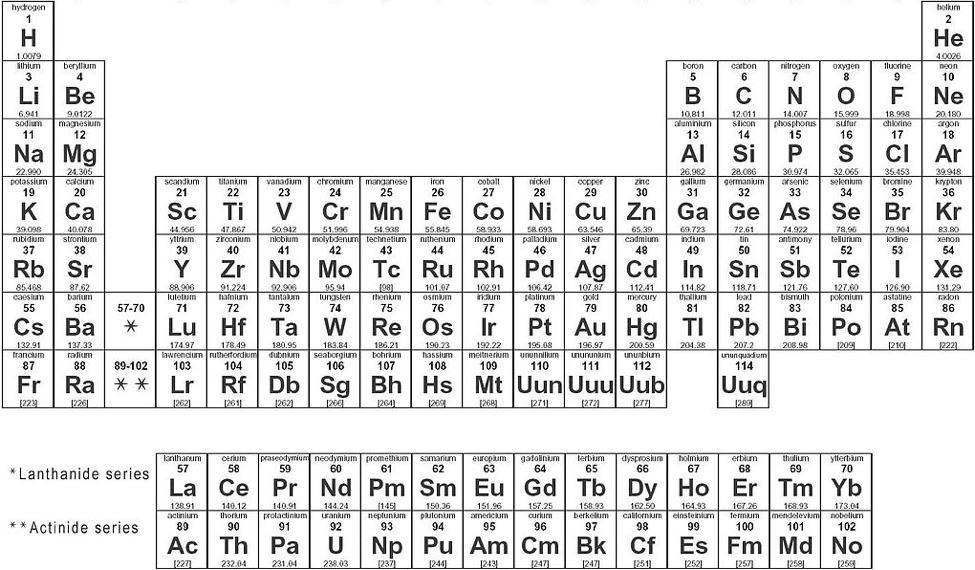


In order to determine the hybridization on a carbon atom, one must first draw the Lewis structure. Since both the 2s and the 2p subshells are half-filled, the excited state is relatively stable. The excited state configuration is shown below: By forming this excited state, carbon will be able to form four bonds. For this reason, carbon will form an excited state by promoting one of its 2s electrons into its empty 2p orbital and hybridize from the excited state. Recall that energy is released when bonds form, so it would be to carbon's benefit to try to maximize the number of bonds it can form. There are two unpaired electrons in the 2p subshell, so if carbon were to hybridize from this ground state, it would be able to form at most two bonds. The 1s electrons are considered to be core electrons and are not available for bonding. Let's look at the electron configuration of ground state (lowest energy state) carbon:įrom the ground state electron configuration, one can see that carbon has four valence electrons, two in the 2s subshell and two in the 2p subshell. By looking at the electron configuration, one is able to identify these valence electrons. The valence shell electrons are found in the incomplete, outermost shell. The hybridization of carbon involved in each of these bonds will be investigated in this handout.īonding in any element will take place with only the valence shell electrons. Carbon may form single, double and triple bonds. This is largely due to the types of bonds it can form and the number of different elements it can join in bonding. It may form virtually an infinite number of compounds. The element, carbon, is one of the most versatile elements on the periodic table in terms of the number of compounds it may form.


 0 kommentar(er)
0 kommentar(er)
